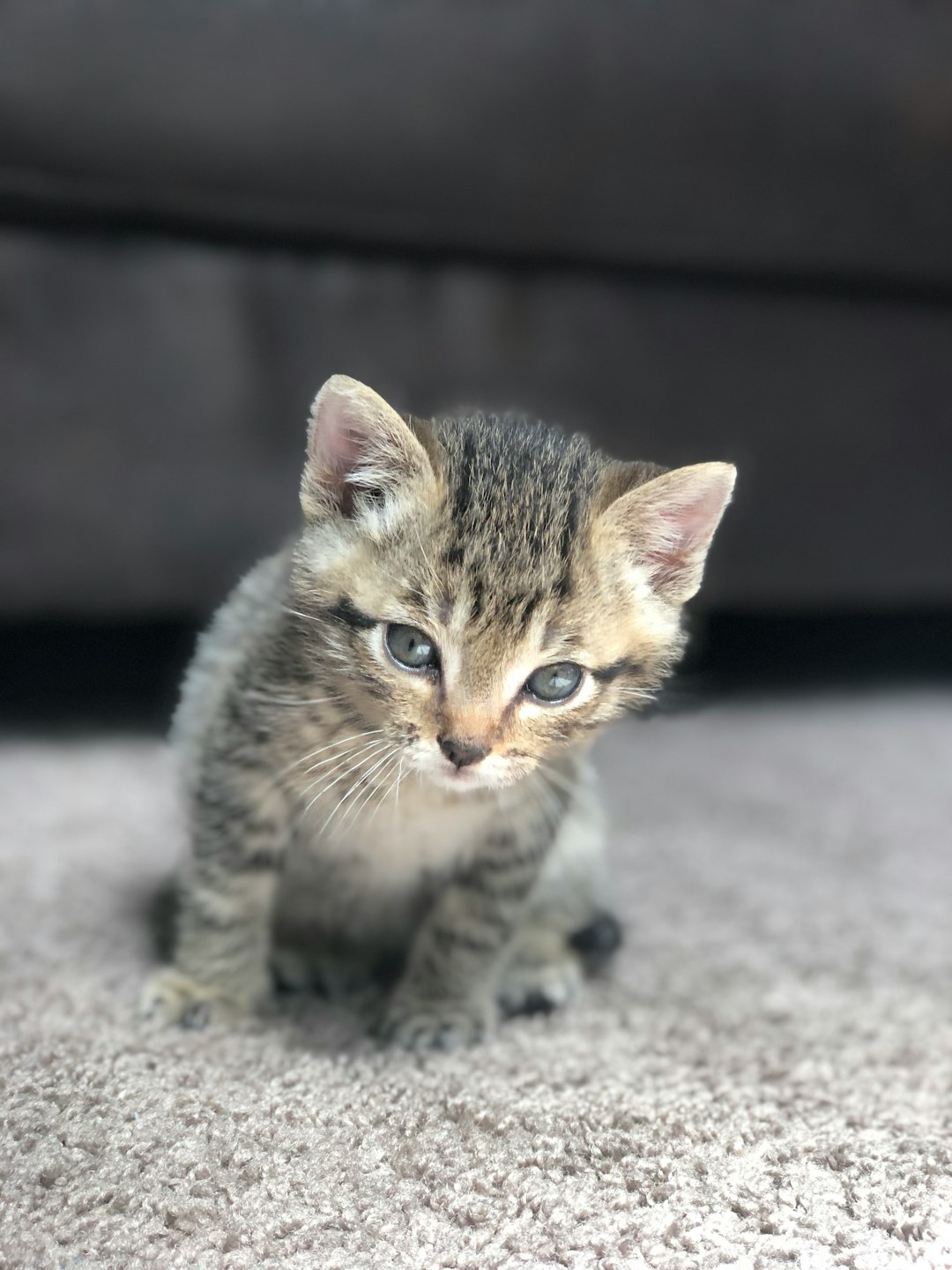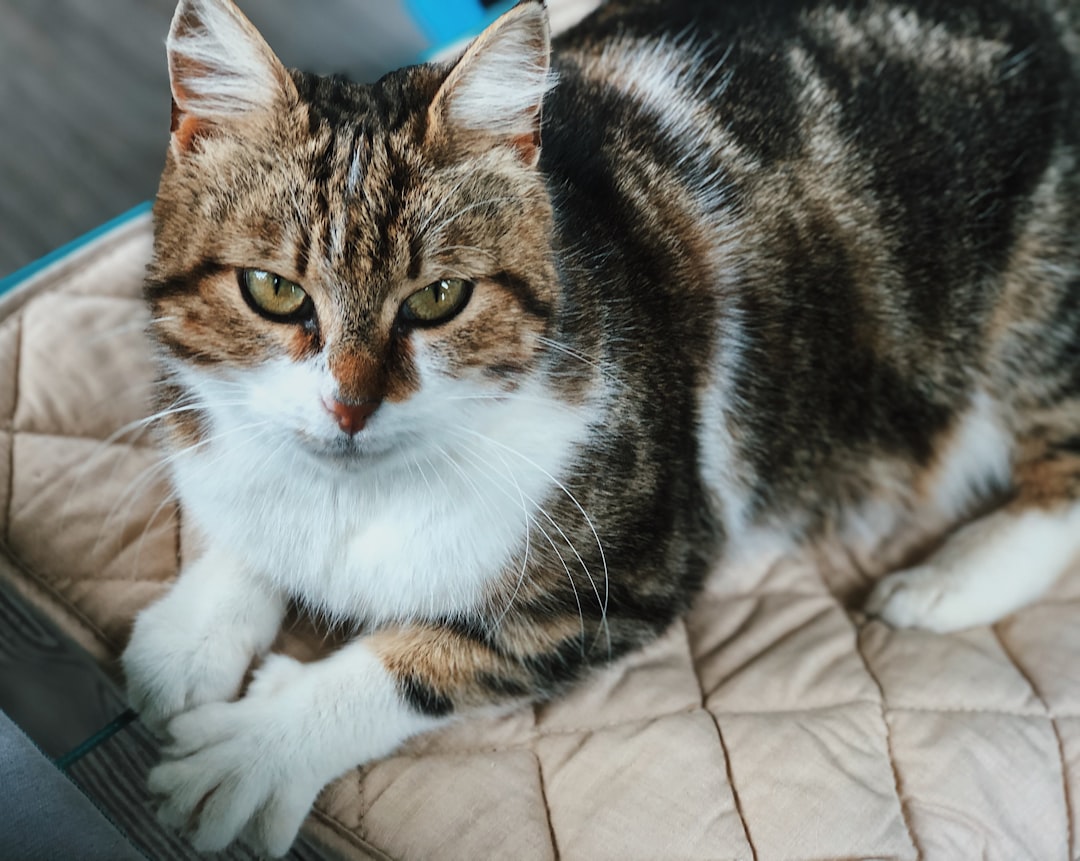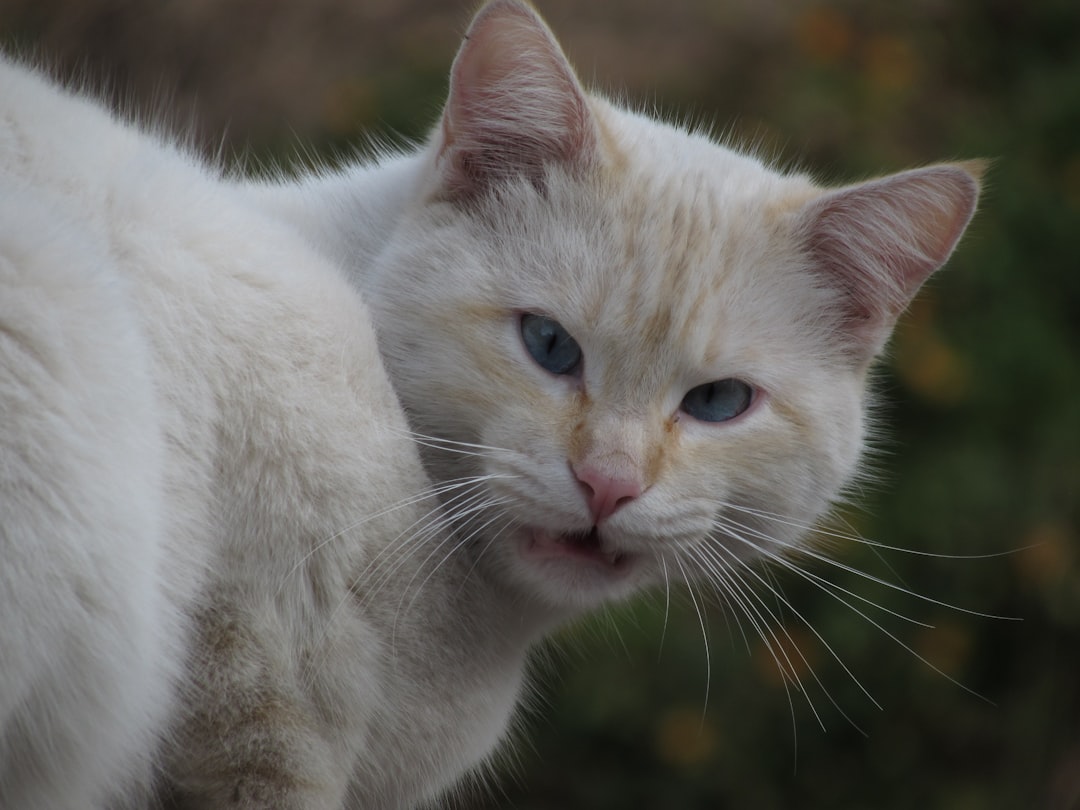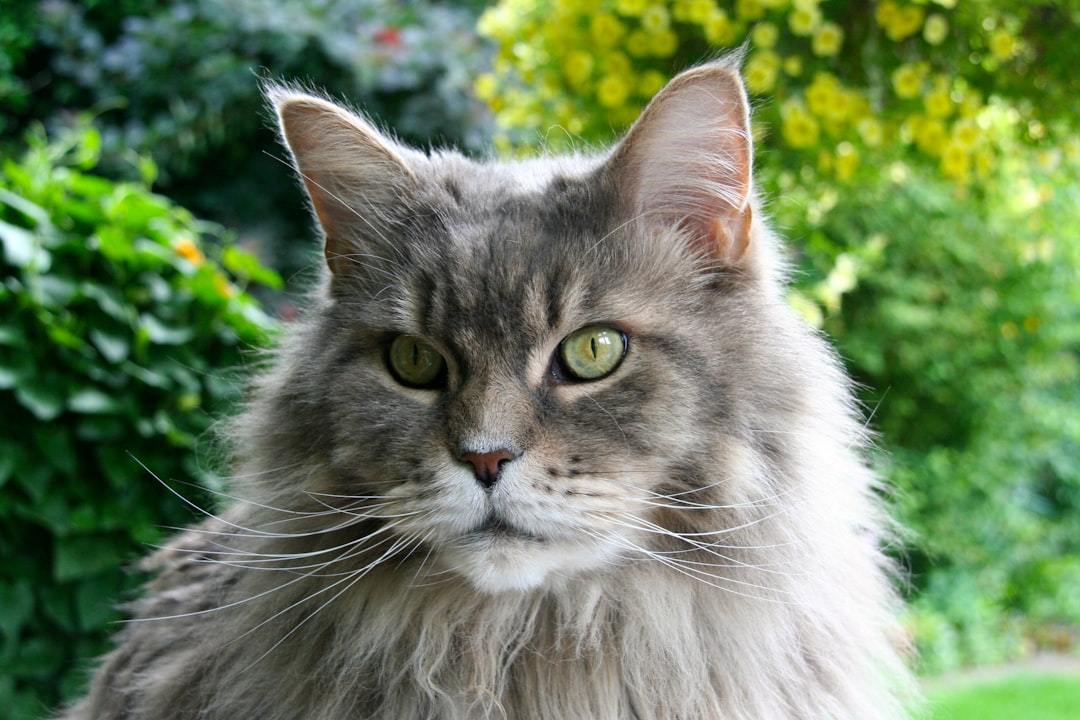In recent years, the nutritional landscape for cat diets has shifted toward raw feeding, highlighting the importance of providing cats with optimal nutrition. Vital Essentials offer an array of health benefits, including improved digestion, shinier coats, and enhanced energy levels. Understanding raw nutrition for cats is crucial as it involves not just the food itself but the key nutritional components that contribute to a healthier, happier feline. As you explore the shift to a raw diet, numerous factors come into play to ensure a seamless transition for your beloved pet.
Understanding Raw Nutrition for Cats
Raw nutrition for cats, often referred to as a "raw diet," consists of uncooked meats, organs, and sometimes bones, closely mimicking the natural diet of felines in the wild. Vital Essentials emphasizes the importance of providing cats with a diet that supports their instinctual eating habits. Here are some key points to consider:
- Species-Appropriate Nutrition: Cats are obligate carnivores, meaning their bodies are designed to thrive on a diet rich in animal proteins.
- Ingredient Quality: High-quality raw cat food should include fresh, wholesome ingredients. Vital Essentials prioritizes using sustainably sourced proteins.
- Nutrient Density: Raw diets contain essential nutrients, such as taurine, which are crucial for a cat’s overall health.
- Hydration Health: Raw food often has a higher moisture content than kibble, supporting optimal hydration.
When considering a shift to raw diets, keep in mind that Vital Essentials products offer balanced formulas ensuring all essential nutrients are included for maximum health benefits. Embracing raw nutrition helps align your feline’s diet with its natural instincts and dietary needs.

Benefits of a Raw Diet for Cats
Transitioning your cat to a raw diet, such as those offered by Vital Essentials, can provide numerous health advantages. Here are some key benefits to consider:
- Improved Digestion: Raw diets promote a more natural digestive process due to their high moisture content and bioavailable nutrients.
- Enhanced Coat Health: Many cat owners report shinier, healthier fur after incorporating raw food. The balanced fatty acids found in Vital Essentials support skin and coat vitality.
- Increased Energy Levels: Cats consuming a raw diet often display higher energy levels and improved overall activity, thanks to the optimal protein sources and nutrient density.
- Reduced Allergies: Switching to raw can help identify and eliminate allergens that might be present in commercial kibble or processed foods, leading to fewer allergic reactions.
- Better Dental Health: Chewing on raw meat bones can reduce plaque and tartar buildup, promoting dental hygiene.
To sum up, a raw diet, especially one based on trusted brands like Vital Essentials, can significantly enhance your feline friend’s health and longevity.
Key Nutritional Components in Raw Cat Food
When considering a raw diet for your feline friend, understanding the key nutritional components is essential for ensuring optimal health. Vital Essentials in raw cat food provide a well-balanced array of nutrients that cater to your cat’s specific needs. Here’s a breakdown of these components:
Protein: Cats are obligate carnivores, meaning they thrive on a diet rich in animal protein. Raw cat food often contains high-quality protein sources, such as chicken, turkey, or fish.
Fats: Healthy fats contribute to energy and aid in nutrient absorption. Look for Omega-3 and Omega-6 fatty acids in commercial options from Vital Essentials to support coat health and reduce inflammation.
Vitamins and Minerals: A balanced raw diet should include essential vitamins (like A, B vitamins, and D) and minerals (such as calcium and phosphorus) to promote overall wellness.
Hydration: Raw meats naturally contain moisture, benefiting cats who may not drink enough water.
In summary, raw cat food, especially from brands like Vital Essentials, ensures cats receive a nutrient-dense meal that mimics their ancestral diet, aligning with their physiological requirements.
How to Transition Your Cat to a Raw Diet
Transitioning your cat to a Vital Essentials raw diet requires patience and a strategic approach. Cats can be picky eaters, so gradual changes ensure a smoother transition. Here’s how to do it effectively:
Start Slowly: Introduce raw food gradually. Begin with a mix of your cat’s current food and Vital Essentials raw food.
Choose the Right Time: Begin the transition during a time when your cat is healthy and stress-free.
Monitor Reactions: Observe how your cat reacts to the new diet. Look for signs of acceptance or any adverse reactions.
Gradual Ratio Shift: Slowly increase the raw food proportion:
- Days 1-3: 25% raw, 75% current food
- Days 4-7: 50% raw, 50% current food
- Days 8-10: 75% raw, 25% current food
- Day 11 onward: 100% raw
Stay Consistent: Consistency is vital. Once your cat adapts, stick to a feeding schedule to build familiarity with Vital Essentials.
Maintaining patience throughout this process will help your feline friend thrive on their new, nutritious diet!

Safety Considerations When Feeding Raw
When incorporating a raw diet for your feline friend, like those provided by Vital Essentials, safety must take precedence. Here are crucial safety considerations to keep in mind:
Ingredient Quality: Always choose high-quality meats and proteins. Opt for fresh, human-grade ingredients from reputable sources.
Proper Storage: Keep raw cat food in a clean, sealed container. Store it in the refrigerator or freezer to prevent spoilage.
Avoid Cross-Contamination: Use separate utensils and cutting boards for raw food preparation. Clean surfaces thoroughly with hot, soapy water after use.
Hygiene Practices: Wash your hands before and after handling raw food to minimize the risk of bacterial transmission.
Monitor Feeding: Observe your cat for any signs of adverse reactions when transitioning to a raw diet. If issues arise, consult your veterinarian.
By following these safety guidelines, you can help ensure that your cat enjoys the benefits of a raw diet safely. Always consider incorporating Vital Essentials to provide balanced nutrition while prioritizing your cat’s health.
Homemade Raw Cat Food Recipes
Creating homemade raw cat food can be both rewarding and beneficial for your feline friend. Here are some easy recipes that focus on essential nutrients, ensuring your cat receives the necessary components for a healthy diet.
Simple Chicken Recipe
Ingredients:
- 1 lb ground chicken
- 1 egg (raw)
- 1 tablespoon fish oil
- 1/4 cup chicken broth
Instructions:
- Mix all ingredients in a bowl.
- Serve immediately or store in the refrigerator for up to three days.
Beef and Liver Mix
Ingredients:
- 1 lb ground beef
- 4 oz beef liver (finely chopped)
- 2 tablespoons squid oil (for Omega-3)
Instructions:
- Combine the beef and liver in a bowl.
- Drizzle with squid oil and mix well.
Tips for Homemade Raw Diet
- Balance is Key: Ensure your recipes maintain a good balance of proteins, fats, and essential vitamins.
- Supplements: Consider adding vital supplements like Vital Essentials freeze-dried morsels for additional nutrients.
Experiment with these recipes, keeping track of your cat’s preferences. Remember, homemade meals should complement the overall diet, providing a healthy alternative to standard commercial options!
Commercial Raw Cat Food Options
When considering a raw diet for your cat, commercial raw cat food options can be an excellent choice for pet owners seeking convenience and peace of mind. Companies like Vital Essentials provide high-quality, nutritionally balanced raw food that caters to the needs of your feline.
Key features to look for in commercial raw cat food:
- Quality ingredients: Ensure the product lists real meat and doesn’t contain fillers.
- Complete nutrition: Look for options that meet AAFCO standards for complete and balanced nutrition.
- Variety: Many brands, including Vital Essentials, offer a range of meat sources to prevent dietary boredom.
| Brand | Protein Source | All Natural | AAFCO Certified |
|---|---|---|---|
| Vital Essentials | Chicken, Beef | Yes | Yes |
| Instinct Raw | Rabbit, Duck | Yes | Yes |
| Primal Pet Foods | Turkey, Pork | Yes | Yes |
Choosing a trusted brand ensures your cat receives optimal nutrition. As always, consult your veterinarian before making any significant dietary changes to support your pet’s health with Vital Essentials or any other commercial raw options.

Common Myths about Raw Cat Diets
Many cat owners hesitate to switch to a raw diet due to misconceptions surrounding raw nutrition. Let’s debunk some of these common myths surrounding Vital Essentials and raw cat diets:
Myth 1: Raw diets are unsafe.
Reality: When handled correctly, raw food can be safe. Vital Essentials emphasizes sourcing ingredients from reputable suppliers and practicing proper food hygiene.Myth 2: Cats can’t get nutrition from raw food.
Reality: Raw diets can provide well-balanced nutrition. Vital Essentials formulations are designed to meet cats’ dietary needs, offering essential proteins, fats, and nutrients.Myth 3: All commercial raw food is the same.
Reality: Not all raw cat food brands prioritize quality. Vital Essentials stands out for using high-quality, whole ingredients, ensuring optimal health benefits.Myth 4: Switching to a raw diet is complicated.
Reality: While transitioning does require planning, many brands, including Vital Essentials, offer convenient options and guidelines to simplify the process.
Understanding these myths can help cat owners make informed decisions about raw diets, ultimately benefiting their feline friends.
Frequently Asked Questions
What is raw nutrition for cats, and why is it considered beneficial?
Raw nutrition for cats refers to feeding them a diet of uncooked meats, organs, and bones, mimicking their natural dietary habits as obligate carnivores. This type of diet is considered beneficial because it provides essential nutrients in their most natural form, including high protein content, healthy fats, and natural enzymes that support digestion. Many cat owners report improvements in their pets’ coat quality, energy levels, and overall health when transitioning to a raw diet.
Are there any risks associated with feeding my cat a raw diet?
Yes, there are potential risks when feeding cats a raw diet. These include the possibility of bacterial contamination, such as Salmonella or E. coli, which can affect both your pet and humans. Additionally, if not balanced correctly, a raw diet might lead to nutritional deficiencies or excesses. To mitigate these risks, it’s crucial to source high-quality meat, follow safe handling practices, and consult with a veterinarian or a pet nutritionist to ensure the diet is appropriately balanced.
How can I safely transition my cat to a raw diet?
Transitioning your cat to a raw diet should be done gradually to avoid gastrointestinal upset. Begin by mixing small amounts of raw food with their current diet, gradually increasing the raw portion while reducing the kibble or canned food over a week or two. Observe your cat for any signs of discomfort, and adjust the transition speed if needed. It’s also beneficial to introduce various protein sources to ensure they receive a range of nutrients. Consulting with a veterinarian during this process can be very helpful.
What ingredients should be included in a balanced raw cat diet?
A balanced raw cat diet should primarily include high-quality muscle meats, organ meats, and appropriate bones. Essential proteins can come from sources like chicken, turkey, beef, or fish. Additionally, organ meats such as liver and heart provide vital vitamins and minerals that are beneficial for overall health. It’s also important to include some form of omega-3 fatty acids, such as fish oil, to support skin and coat health. Supplements may be necessary to ensure a complete nutrient profile is achieved.



